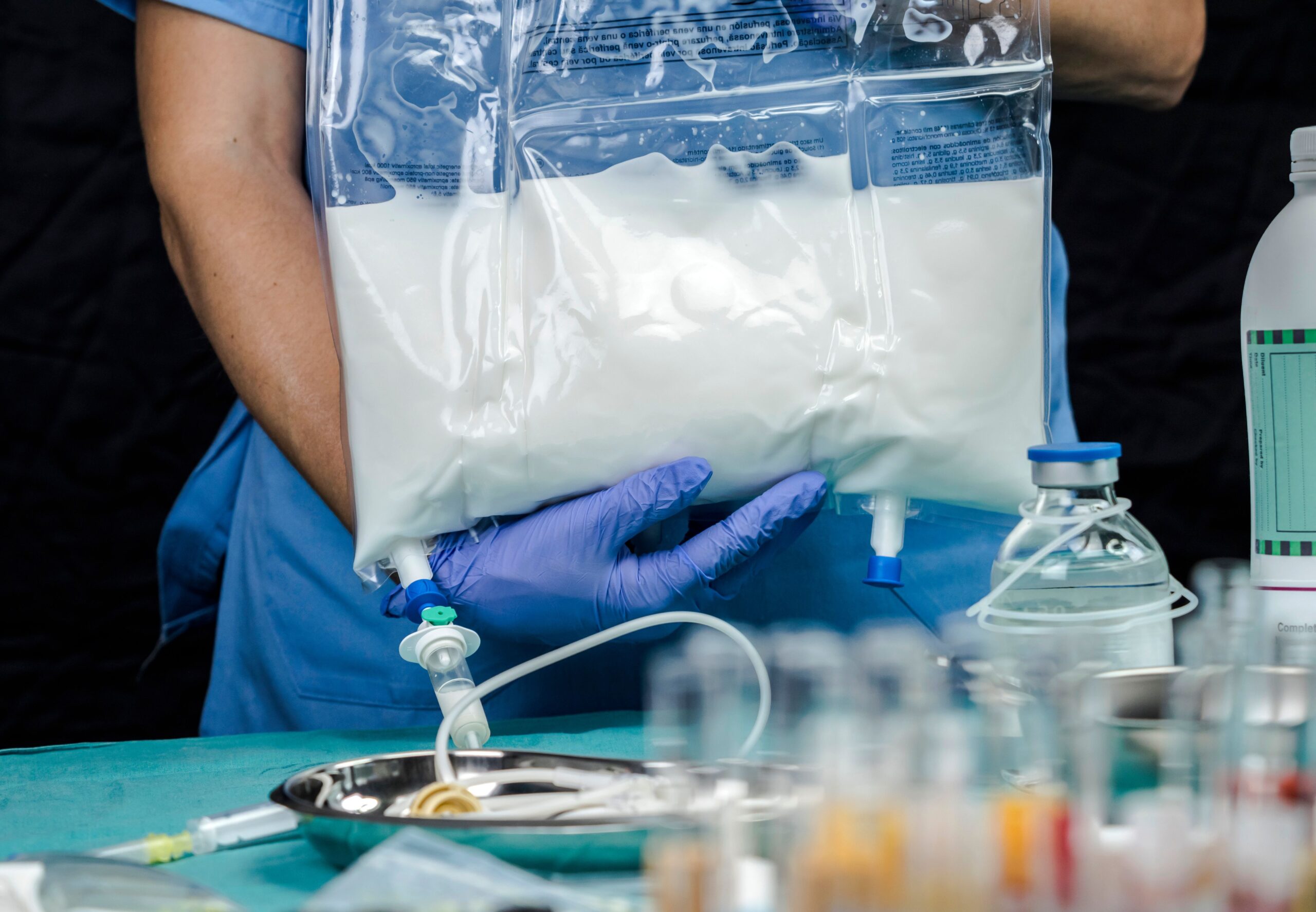
The safe compounding of parenteral nutrition is key to preventing injuries and death in patients who receive the support therapy, according to recent research published in the journal Nutrition in Clinical Practice.1
Parenteral nutrition is an intervention used to support pediatric patients whose gastrointestinal tract is inaccessible, unusable or cannot support metabolic demands and growth. Compounding parenteral nutrition solutions is a complex process with a high risk for error, which can lead to serious adverse outcomes.2
Investigators conducted a review to describe the current challenges in parenteral nutrition compounding education and training, the compatibility and stability of admixtures, the simultaneous administration of nonnutrient medications with admixtures, and specific challenges with special populations.
“Without appropriate knowledge and understanding, as well as a vigilant need for mechanisms to ensure safety, parenteral nutrition compounding can be fraught with dangers,” the authors wrote. “While high‐profile tragedies involving the death and injury of patients ignite a resurgence in the concerns surrounding parenteral nutrition compounding, an emphasis on the importance of safe and knowledgeable sterile compounding is essential.”
Within the United States, there is a widening gap between nutrition education and training in different graduate medical programs. Although nutrition has a significant impact on patient outcomes, physicians and pharmacists often do not get adequate hours in nutrition education during their time in school. This results in gaps of knowledge that leads to on-the-job nutrition training.
However, training in compounding on the job is challenging to implement due to the time and resources necessary to provide training in safe and accurate techniques. The authors noted that Michigan Medicine recently developed a compounding compliance team that oversaw a training program. The team has shown to be effective and could serve as a model for other institutions who are looking to implement something similar.
When it comes to incorporating nonnutrient medications with admixtures, clinicians need to be extremely careful because this can increase the instability and incompatibility of the admixture. This is more common in pediatric and neonatal populations because venous access is typically limited.
In these situations, consideration for the parenteral nutrition admixture’s components, the co-infused medication, and any excipients needs to be given. The authors note that compatibility information needs to be evaluated. In order to protect the patient and ensure they receive their medication, discharge checklists have been suggested. This would include a standardized list of items to be completed before discharge, such as ensuring that patients have an understanding of their parenteral nutrition, and necessary weekly supplies and additives.
Pediatric and neonatal populations also have various other challenges in parenteral nutrition compounding. These include smaller compounding doses due to the patients size, the increased need for calcium and phosphorus for healthy bone development, and the small size of tubing and commercially available intravenous syringes. The authors stated that this may require the use of robotic technology because it has greater consistency and accuracy.
“Safe compounding of parenteral nutrition is essential to prevent injury or death in patients receiving this nutrition support therapy,” the authors concluded. “The complex nature of parenteral nutrition compounding requires those involved in the process to have the appropriate knowledge and training.”
